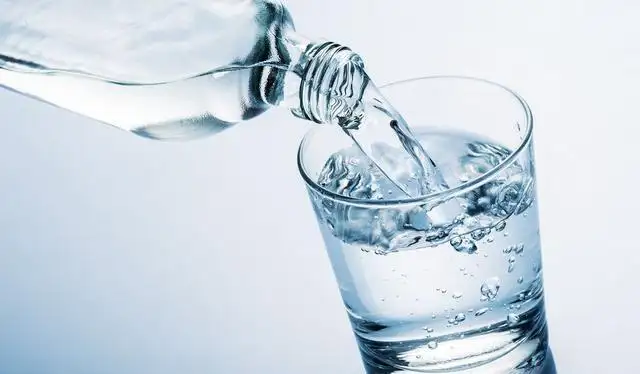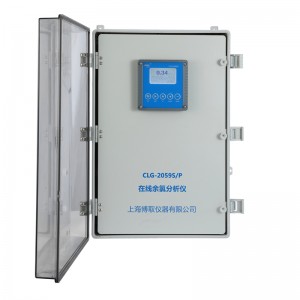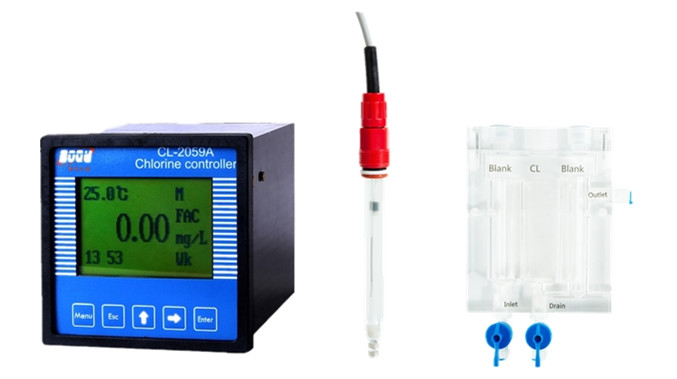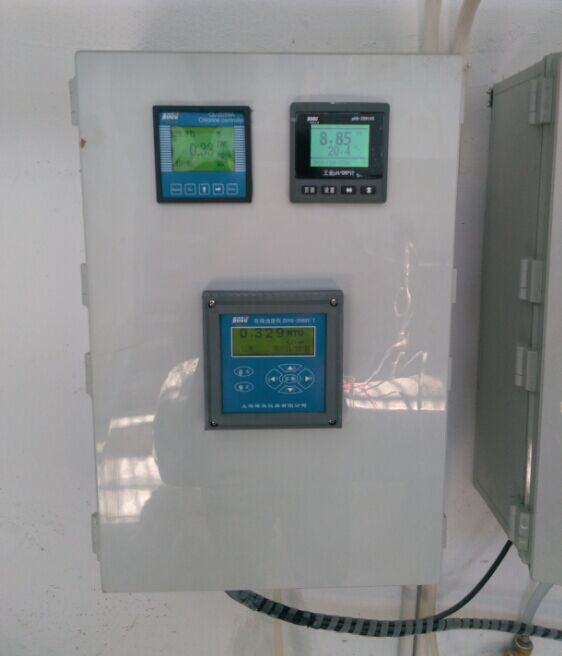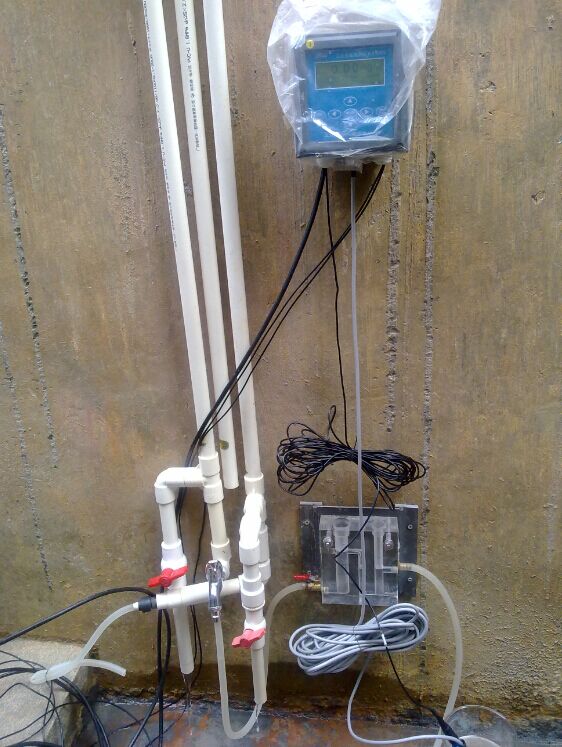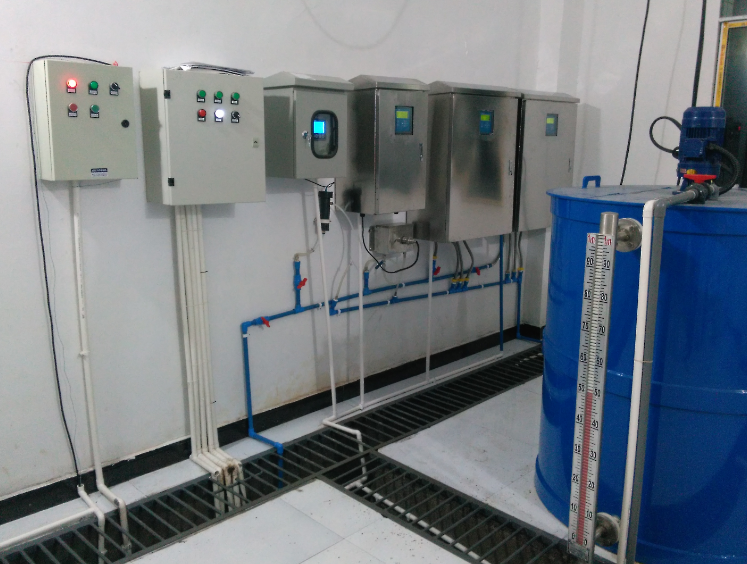Water is an indispensable resource in our life, more important than food. In the past, people drank raw water directly, but now with the development of science and technology, pollution has become serious, and the water quality has naturally been affected. Some people found that raw water contains a large number of parasites and bacteria, so people use chlorine gas for disinfection, but too high chlorine content will also cause harm to the human body, and finally a residual chlorine analyzer appeared.
The residual chlorine analyzer consists of an electronic unit and a measuring unit (including a flow cell and a residual chlorine sensor). Using imported residual chlorine sensor, it has the characteristics of calibration-free, maintenance-free, high precision, small size and low power consumption. The display instrument has the functions of slope correction, zero point correction, real-time display of measured values, and automatic temperature compensation and manual pH value compensation. The electrode signal is converted into a more accurate residual chlorine signal after compensation and calculation. The analog output signal corresponding to the measured value can be connected with various regulators to form a control system, such as two-position regulator, time proportional regulator, nonlinear regulator, PID regulator and so on. It has a wide range of applications and high compatibility. This product is widely used in drinking water treatment plants, drinking water distribution networks, swimming pools, cooling circulating water, water quality treatment projects and other industries that continuously monitor the residual chlorine content in aqueous solutions.
Residual chlorine analyzer is the most commonly used water disinfectant, which is widely used, from the treatment of drinking water and wastewater to the sanitation of swimming pools and spas, as well as the disinfection and sterilization in food processing.
The concept of residual chlorine measurement - the existence of chlorine:
1. Active free chlorine (free active chlorine). The hypochlorous acid molecule, HClO, is the most important part of the disinfection process.
2. Total free chlorine (free chlorine, free residual chlorine) is commonly referred to as chlorine disinfectants, which are composed of chlorine in these ways: elemental chlorine gas molecule Cl2, hypochlorous acid molecule HClO, hypochlorite ion ClO- (secondary chlorine) Chlorate)
3. Combined chlorine (chloramine), which is composed of chlorine and nitrogen compounds (NH2, NH3, NH4+) combined to form a compound, and the chloride in this combined state has no disinfection activity.
4. Total combined chlorine (total chlorine, total residual chlorine) refers to the general term for free chlorine and combined chlorine.
The working principle of the residual chlorine analyzer: the residual chlorine sensor contains two measuring electrodes, the HOCL electrode and the temperature electrode. HOCL electrodes are Clark-type current sensors, manufactured using microelectronics technology, for measuring the concentration of hypochlorous acid (HOCl) in water. The sensor consists of small electrochemical three electrodes, one working electrode (WE), one counter electrode (CE) and one reference electrode (RE). The method of measuring the concentration of hypochlorous acid (HOCl) in water is based on measuring the current change of the working electrode due to the change of the concentration of hypochlorous acid.
Precautions for the use of residual chlorine analyzer:
1. The secondary watch generally does not need routine maintenance. When there is an obvious failure, please do not open it to repair it yourself.
2. After the power is turned on, the instrument should have a display. If there is no display or the display is abnormal, the power should be turned off immediately
to check whether the power is normal.
3. The cable connector must be kept clean and free from moisture or water, otherwise the measurement will be inaccurate.
4. The electrode should be cleaned frequently to ensure that it is not contaminated.
5. Calibrate the electrodes at regular intervals.
6. During the water outage, make sure that the electrode is immersed in the liquid to be tested, otherwise its life will be shortened.
7. The use of the residual chlorine analyzer depends largely on the maintenance of the electrodes.
The above is the working principle and function of the residual chlorine analyzer. In fact, for us humans, we need to add a lot of water every day, and insufficient water will have a great impact on our human body functions. Compared with people who did not drink water for a week and people who did not eat for a week, it is obvious that the situation of people who did not drink water is more serious. In this era of serious water pollution, water quality inspection is very important. I still want to remind everyone that water is our drinking water and should be well protected, but not wantonly polluted.
Post time: Nov-07-2022

